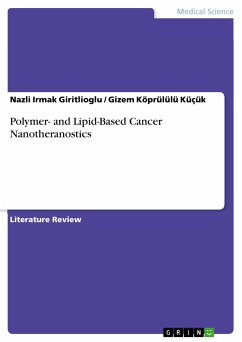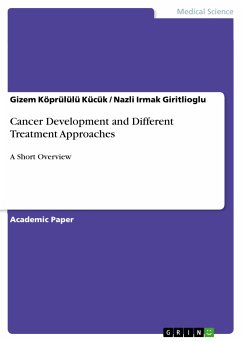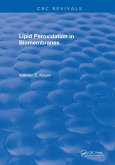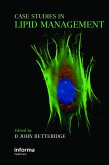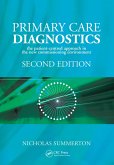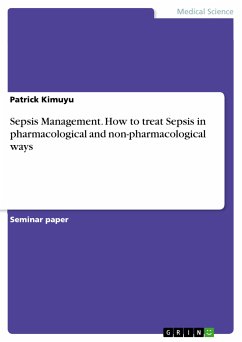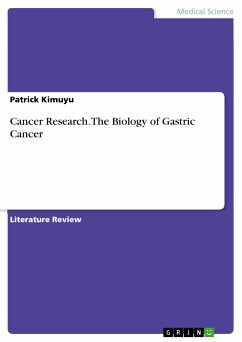Literature Review from the year 2020 in the subject Medicine - Therapy, grade: 1, , language: English, abstract: Cancer is a worldwide threat and there is no efficient cure for many types of this disease which is caused by damage to genes that control cell growth and division. The most important definitive feature of cancer is abnormal cell divisions that occur in various parts of the body and can spread to other organs (Nayak KA.& Pal D., 2010). The abnormal cell division suppresses the tissue or organ that it surrounds, preventing the tissue or organ from functioning. Early diagnosis is an important consideration in cancer treatment. It is difficult to diagnose cancer in the early stages with traditional diagnostic methods. Advances in nanotechnology, which is a multidisciplinary science, offers important opportunities in terms of cancer diagnosis and treatment. Cancer-causing factors can be grouped into two groups, roughly genetically and environmentally. Only 1% of cancers are caused by genetic transport. Disorders in some genes acquired by heredity cause cancer especially in childhood. However, disorders in genes such as BRCA1 and BRCA2 can cause cancer in older ages. For example, in women with these mutated genes, the risk of breast cancer has been observed to increase by 80% compared to the normal population (Ephrat PE. & Sharon LL, 2003). The remaining 99% of cancers depend on people's eating habits, working conditions, living environments, natural or artificial radiation to which they are exposed, and carcinogenic chemicals. These are called environmental cancer risk factors.In cancer treatments, non-invasively real-time monitoring is a very important issue to determine the progress of healing. And the chemicals used in the treatment have cytotoxic properties, but these drugs must only kill the cancer cells. Practically, we can observe the cytotoxic effects on the cells and show drug efficiency. Also, animals are useful models for these kinds of experiments. On the other hand, these drugs kill normal cells too. This is the situation that we don't want to as cancer researchers. The cancer researchers try to improve the platforms with high efficiency for cancer treatment, which don't kill healthy cells, carry the drug to the exact desired point (cancer tissue), and be monitored by the doctors. In this book; we mention cancer treatment, diagnosis with nanotechnology relations, and polymer and lipid-based nanotheranostic platforms.
Dieser Download kann aus rechtlichen Gründen nur mit Rechnungsadresse in A, B, BG, CY, CZ, D, DK, EW, E, FIN, F, GR, HR, H, IRL, I, LT, L, LR, M, NL, PL, P, R, S, SLO, SK ausgeliefert werden.

